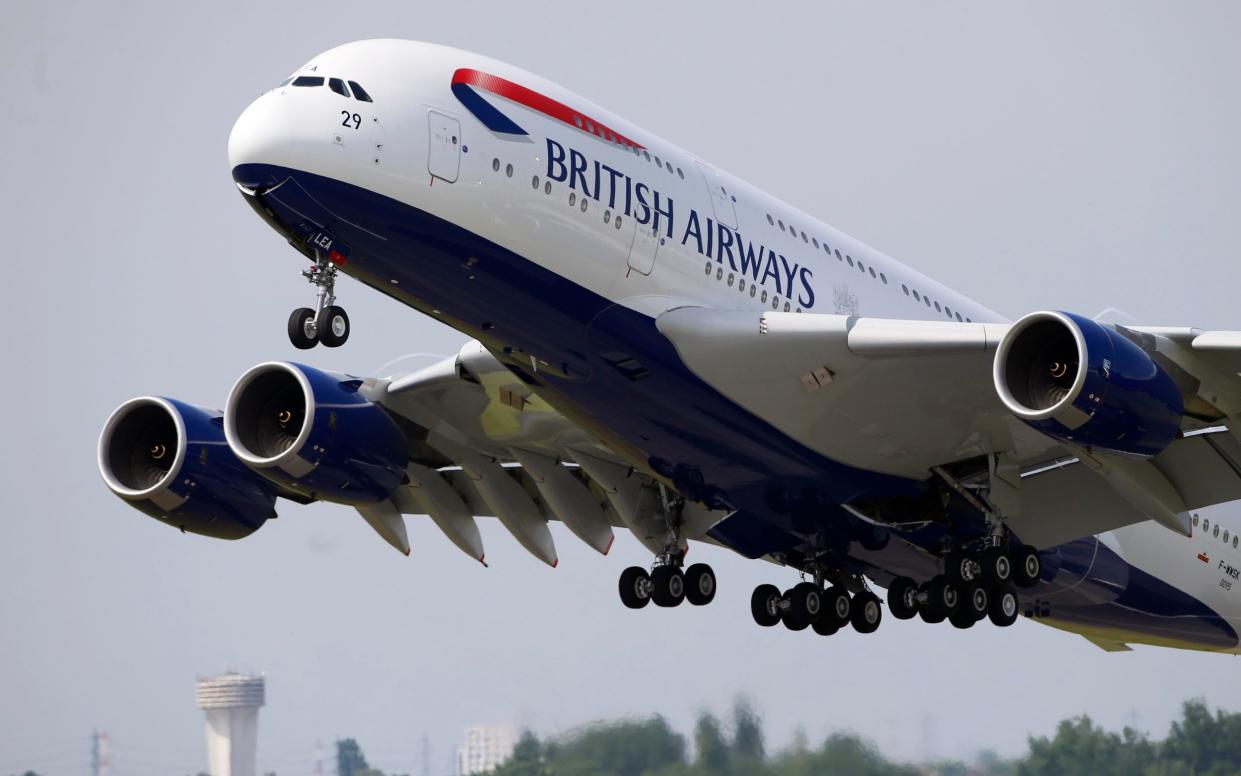Nervous flyers face ‘stuff of nightmares’ with severe turbulence on the rise

When life feels unsettling, jetting off on a relaxing getaway may seem like a balm for troubled times. But be warned – severe turbulence has risen by 55 per cent since the 1970s, making flying today an altogether bumpier affair, scientists have found.
The culprit is the jet stream, which has become more erratic because of climate change and prone to sudden violent clashes of winds moving at different speeds and directions.
Satellite data collected by the University of Reading has shown that severe turbulence – the kind that knocks plane passengers off their feet – has increased from a cumulative average of 17.7 hours a year at any point across the north Atlantic to 27.4 hours.
“It might not seem like a lot, but this is severe turbulence that will lift you out of your seat if you’re not wearing a seat belt,” said Dr Paul Williams, a professor of atmospheric science within Reading’s meteorology department.
“This is just the beginning. We expect it to get much worse than this, and unless we cut emissions we will see twice or three times as much turbulence.
“For nervous flyers – which is about 30 per cent of people – this is the stuff of nightmares.”
The team looked at “clear-air turbulence” which is difficult to avoid because it is invisible and occurs without clues such as storms or clouds that pilots can navigate around.
It is caused by a phenomenon called “wind shear”. Over the past four decades, temperatures have risen most rapidly over the Arctic, whilst in the stratosphere – about 7.5 miles above the surface – they have cooled.
This creates a tug-of-war effect, where surface temperatures act to slow the jet stream down, while temperatures higher up in the atmosphere act to speed it up, leading to a tumultuous crossover where the winds meet.
Severe turbulence can cause an aircraft to suddenly plummet, or list to one side, leaving the pilot temporarily out of control. Passengers can experience short bursts of weightlessness and luggage can fall from overhead lockers, causing injuries.
Researchers found moderate turbulence – which makes moving around the cabin difficult – has also increased by 37 per cent in the past four decades, rising from 70 to 96 hours, while light turbulence has increased by 17 per cent from 466 to 546 hours since 1979.
Since the 1970s, the number of passengers and crew seriously injured as a result of turbulence has doubled from one in a million to two in a million – meaning around 8,000 people a year are now impacted.
The estimated cost to the aviation sector from turbulence is up to a billion dollars (£797 million) annually, through flight delays, injuries to crew and passengers, and damage to aircraft.
The University of Reading’s scientists predicted a decade ago that climate change would make the skies bumpier, but it is the first time satellite data has proven they were right.
Mark Prosser, a doctoral researcher at Reading, said: “Turbulence makes flights bumpy and can occasionally be dangerous. Airlines will need to start thinking about how they will manage the increased turbulence. Every additional minute spent travelling through turbulence increases wear-and-tear on the aircraft, as well as the risk of injuries to passengers and flight attendants.”
The research is published in the journal Geophysical Research Letters.

 Yahoo News
Yahoo News 
